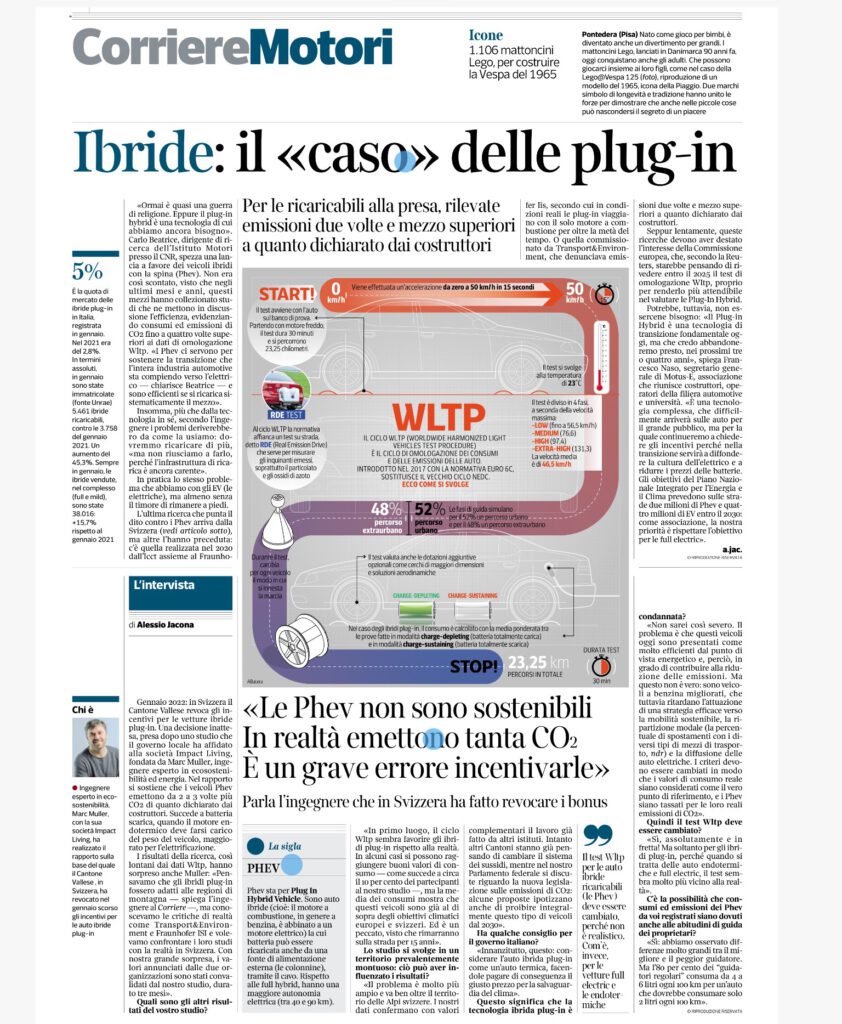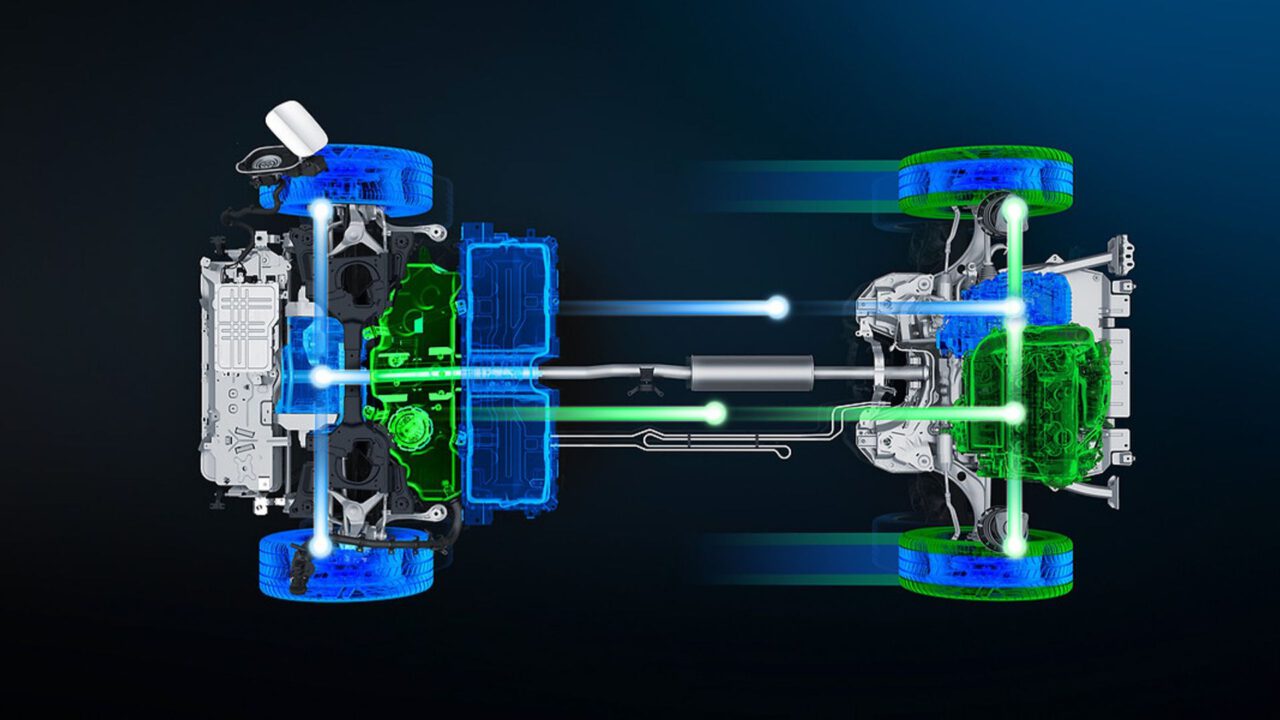The Swiss canton of Valais has abolished subsidies for plug-in hybrid vehicles following a report that showed they offered little benefit in matter of emissions and fuel consumption on mountainous roads. This study was carried out at the request of the Valais authorities by the company Impact Living, a company that is active as an assistant building owner.
According to this study, “quantitative results (measures of actual fuel consumption) show that vehicles hybrids plug-in fall far short of what they promise and offer only very slight (if any) advantages over a car conventional thermal “. One of the authors of the study, Marc Muller, engineer in energies, told the radio Swiss public RTS that these vehicles are ”a standard scam CO2, climate goals and consumers!”.

It’s a kind of religious war, As Corriere della Sera reports. In recent months, various scientific researches have questioned the efficiency of Phev vehicles in terms of fuel consumption and CO2 emissions. What is the limit of these cars? They are efficient only if they are systematically recharged, otherwise, they carry the additional weight of the batteries. The reasons are different, but the main problem arises from the lack of charging infrastructure.
A study by the Fraunhofer Iis institute also confirms that plug-in hybrids travel with the combustion engine alone half the time. For this reason, the European Commission is considering modifying the Wltp approval test to make it more reliable.
PHEV cars are a system today to be considered a transition system pending new technological developments.
MIEEG believes that there is not just one solution for the mobility of the future, but that there are as many alternatives as possible. For this, we are developing an electric micro-generator, scalable and usable on different types of vehicles, including hybrid cars. In October we reached a co-development agreement with Mazzanti Automobili for the “Evanta MMH” project. The advantage of this solution is to be able to feed the microgenerator both by means of hydrocarbons and hydrogen also coming from waste water, using air or oxygen as comburent. The hybrid part of the future “Evantra MMH” project will be powered by a hydrogen tank, allowing not only greater autonomy, compared to that allowed by the battery pack, but significantly contributing to the containment of emissions, not releasing carbon dioxide.


